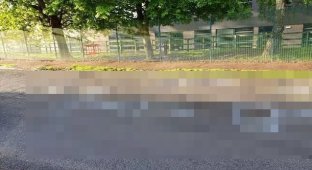10 Severe Curses Hidden In Ancient Egyptian Hieroglyphs (11 Photos)
Egyptian hieroglyphs have been a mystery for a very long time. darkness. Only at the beginning of the 19th century, the French scientist Jean-Francois Champollion managed to decipher this secret. And it turned out that some the inscriptions contain rather formidable messages, full of curses and cruel predictions! 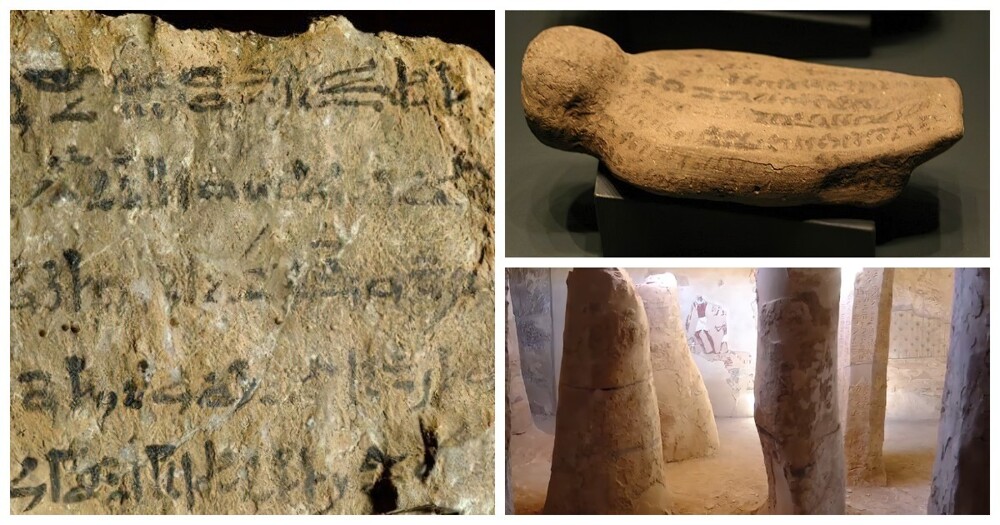
The history of Egyptian writing goes back over 5,000 years. It is one of the oldest known writing systems in the world.
It all started around 3200 BC. e. since invention hieroglyphs, a system of figurative signs used by the ancient the Egyptians. Hieroglyphs were mainly used for religious and monumental inscriptions and decorated the walls of temples and tombs. The complexity of hieroglyphic writing made it only accessible to the elite, such as scribes and priests.
Over time, the Egyptian writing system evolved to become more accessible and practical. Around 2600 BC e. hieratic writing appeared Simplified and cursive form of hieroglyphs. It was used for day-to-day purposes such as writing letters, keeping records, and recording ink on papyrus. In 700 BC. e. to replace hieratic writing came demotic letter, which made it possible to write even easier and faster.
And now let's move on to the main thing: what kind of terrible curses and predictions were encrypted in ancient hieroglyphic inscriptions?
1. Inscription from the necropolis of Sheikh Abd el-Qurna 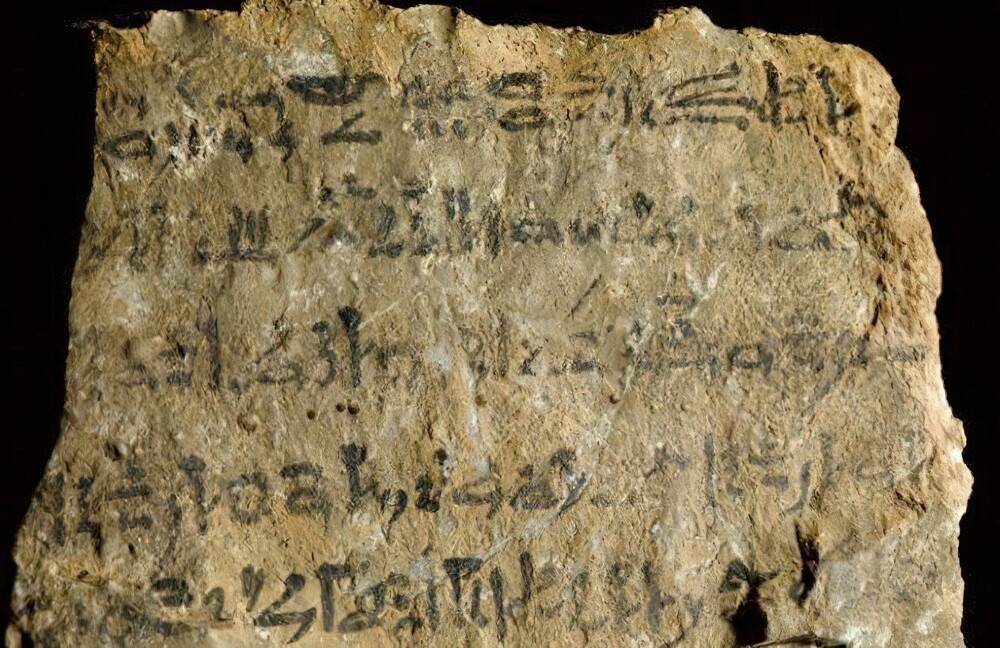
Sheikh Abd el-Qurna is a necropolis located in Thebes (modern Luxor) in Egypt. On the tombs there are found inscriptions designed to scare off robbers. At the National Museum Scotland has one of the plates with such an inscription, and it says something like: “Stop and don’t even take out a pebble from here. If you find this stone, you will not cross it. Verily, the ancient gods who rest in mountains, gaining more and more strength every day, although their pebbles and are pulled apart."
This inscription, in hieratic writing, warns people that if they removed even a stone from the tomb, they would have to face the wrath of the gods and the dead. However, since the stone "message" was seized and delivered to Scotland without any special consequences, we can probably safely ignore this eerie message.
2. The Curse of Amenhotep's Tomb 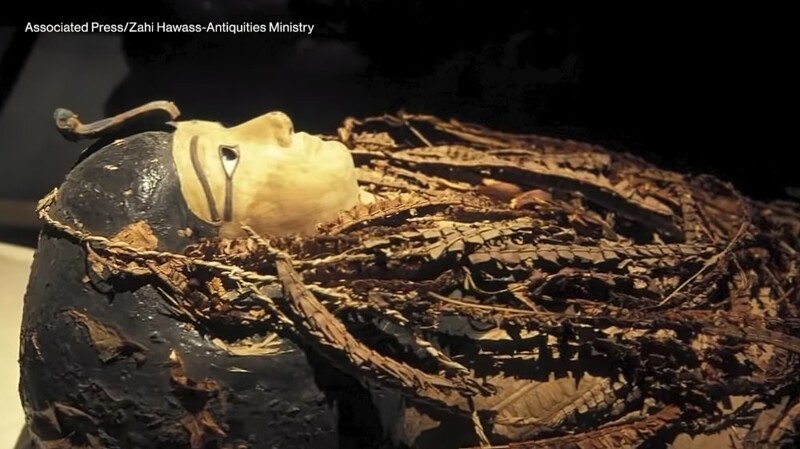
Another tomb located in Egypt, where you will find a terrible inscription - this is the tomb of Amenhotep. It is located in the Valley of the Kings, and there is a rather formidable inscription warning violators not to disturb sleeping ruler. Like, anyone who tries to steal something from tombs, lose his earthly wealth, drown in the sea, will burn in fiery furnace, leave no successors behind, receive no grave or funeral, and starve to death (or all at once). They are also warned that their bones will perish, which probably hints at a very unpleasant afterlife life. It's not even the whole inscription! Violators who dared to disturb pharaoh, other punishments await. Fortunately, while this curse is not caused no one much harm.
3. Mastaba in the Saqqara necropolis 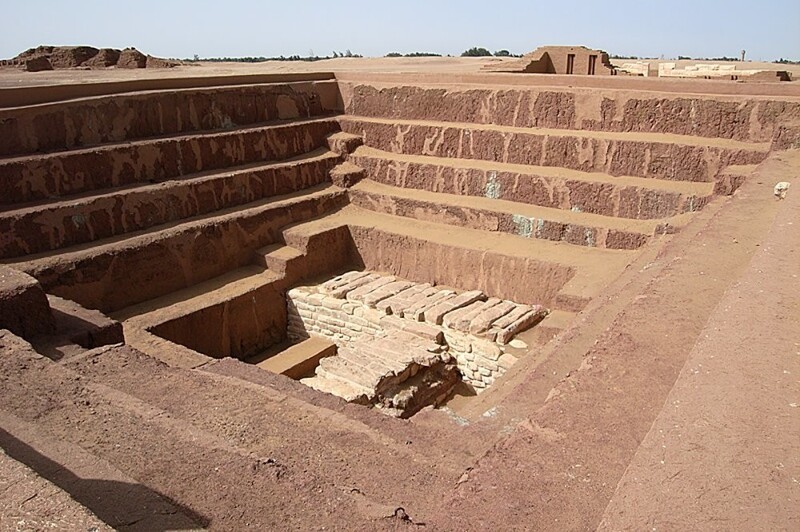
The ancient Egyptians built as tombs not only ordinary pyramids, but also truncated ones, the so-called mastabas. Saqqara was more than 160 tombs of this type have been found, and in them embalmed mummies. Creepy inscriptions are not in all the tombs, but in some there are.
According to archaeologists, some of the tombs at Saqqara contain colorful hieroglyphs warning anyone who is about to plunder, that they are waiting for the severe punishment of the gods. Apparently it consisted in the fact that the gods turned the neck of a man like a goose. Not the sweetest way to meet your end. One such inscription can Found on the mastaba of Khentiki Ihehi. She says:
“As for all the men who entered this tomb unclean, I will seize them by the neck like a bird... I will strike fear into them.”
4. Texts of curses, or proscription lists 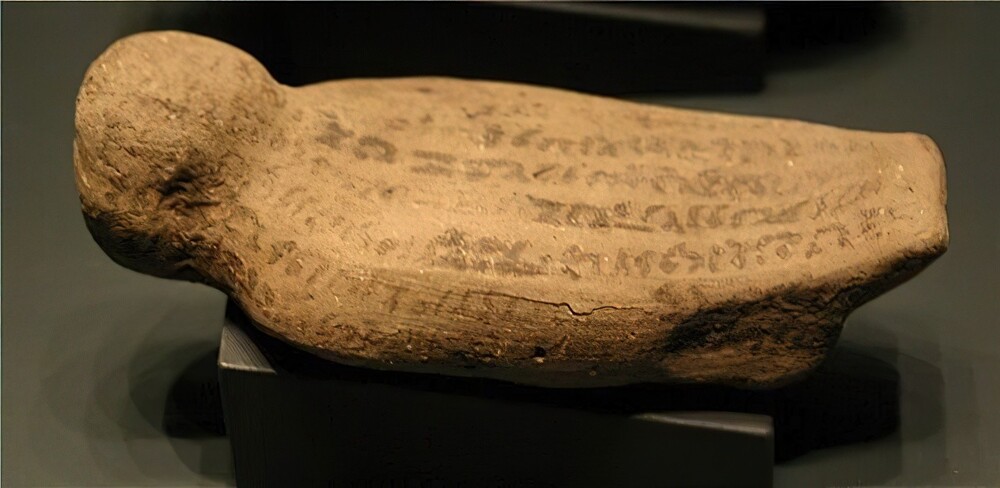
Curse texts are another creepy set of hieroglyphs dating from the 24th to 22nd centuries BC. These texts are not one specific set of hieroglyphs, but a number of different hieroglyphs that follow the same pattern. These curses were written in pieces earthenware, often in the form of a human figure, and were directed against specific individuals - internal or external enemies of Egypt.
Joblo this is so: the ancient Egyptians wrote on some objects the names of their enemies, cursing them to the seventh knee, then broke these objects into pieces and buried the fragments or left them in ritual places. What could be written there? To enemies "stabbed with a knife", "struck with a spear" or that they were subjected to more some painful death.
5. Tomb of Ankhtifi 
Ankhtifi was an ancient Egyptian nomarch (representative pharaoh) and lived around 2100 BC. e. And although he was lower in rank, than the pharaoh, yet he did not want to leave his tomb unattended. Therefore, he left a terrible message on its walls, which says: any a ruler who tries to harm his tomb must be rejected falcon god Hemen.
Ankhtifi also sentences the heirs of a potential tomb raider to the fact that they will lose their inheritance. Archaeologists who excavated this tomb in our time, all these the horrors did not stop, but it seems that the robbers of ancient Egypt devastate the tomb did not dare.
6. Tomb of Sarenput I 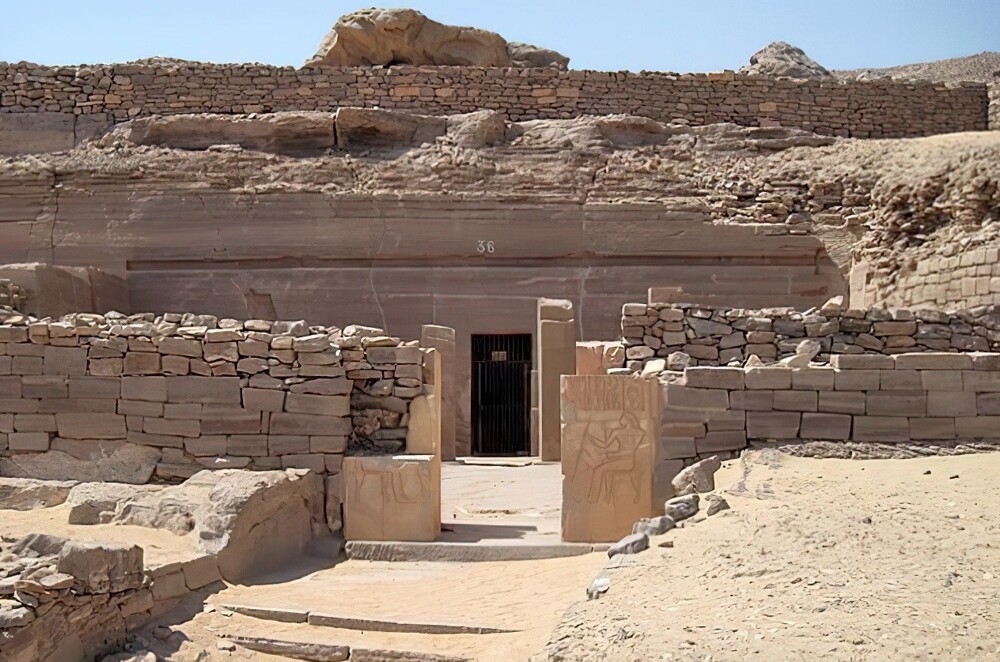
Ankhtifi was not the only nomarch who left a formidable grave inscription. Another such nomarch is a man named Sarenput I, who was the leader of Elephantine during the 12th Dynasty. inscription in his the tomb was supposed to protect the offerings left to one of the gods inside the statue of this deity.
And what does it say? What about anyone who tries to take these offerings, a very unpleasant fate awaits: “His hand will be cut off, like this bull, his neck will be twisted, like a bird, he will not have position, his son will have no position, he will not have a home in Nubia, there will be no grave in the necropolis, his god will not accept his white bread, his flesh will belong to the fire, his children will belong to the fire, his the corpse will not rest on the ground, I will torment it like a crocodile in water, a snake on the ground and like an enemy in a necropolis."
In other words, even an archaeologist should think twice before going to this tomb. Otherwise, you will start hunt the ghost of Sarenput I.
7. Tomb of Harkhuf 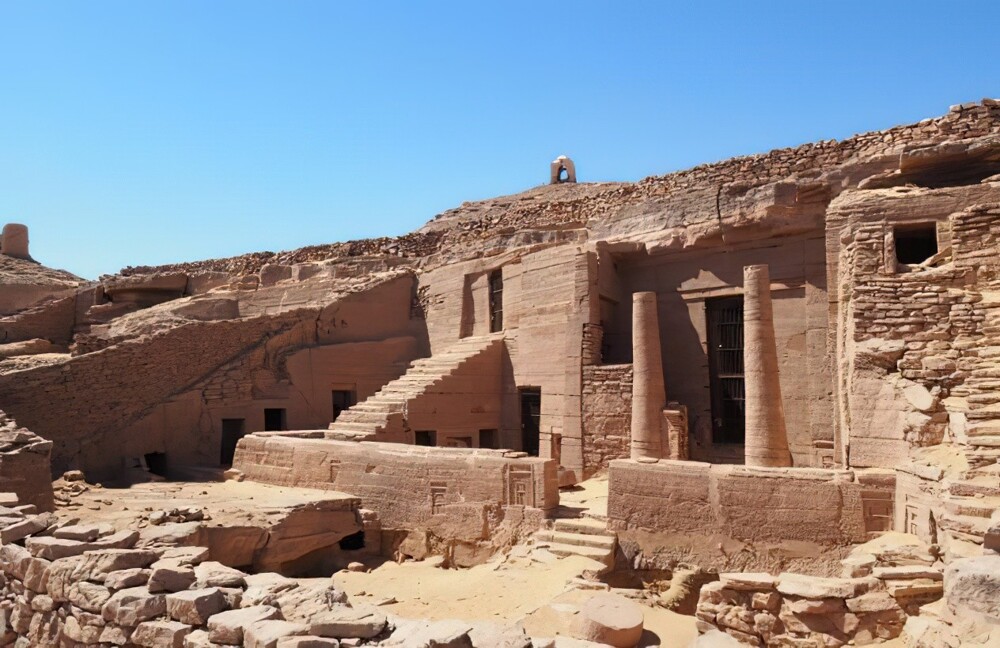
Harkhuf was an Egyptian explorer during the 6th dynasty, and he seemed to like the fashion of leaving curses in tombs. Therefore, in his tomb, he left a large inscription, telling about his travels, experiences in the afterlife. But also she contains a warning for anyone who dares to disturb his peace. He says that he will seize like a wild bird (this bird was given to them!) And betray judgment, and this man will be judged by the Great God. It can show us not such a terrible warning, but by ancient Egyptian standards, this was a curse no one would want to mess with. In the era pyramids to be cursed by the Great God was the worst curse of possible.
8. Tomb of Ankh-Mahor 
This is another mastaba located in Saqqara. She, like many others in the area contains a curse that helps dissuade tomb raiders from entering their final resting place dead man. The inscription reads: "Anyone who dares to invade this tomb, will be trespassed on his property. I am excellent a priest versed in arcane spells and all kinds of magic. Concerning whoever enters here unclean, I will seize him like a goose and fill him fear at the sight of ghosts on the ground. In other words, the priest buried in this tomb knows magic and is not afraid to use it.
9. Tomb of Senenmut 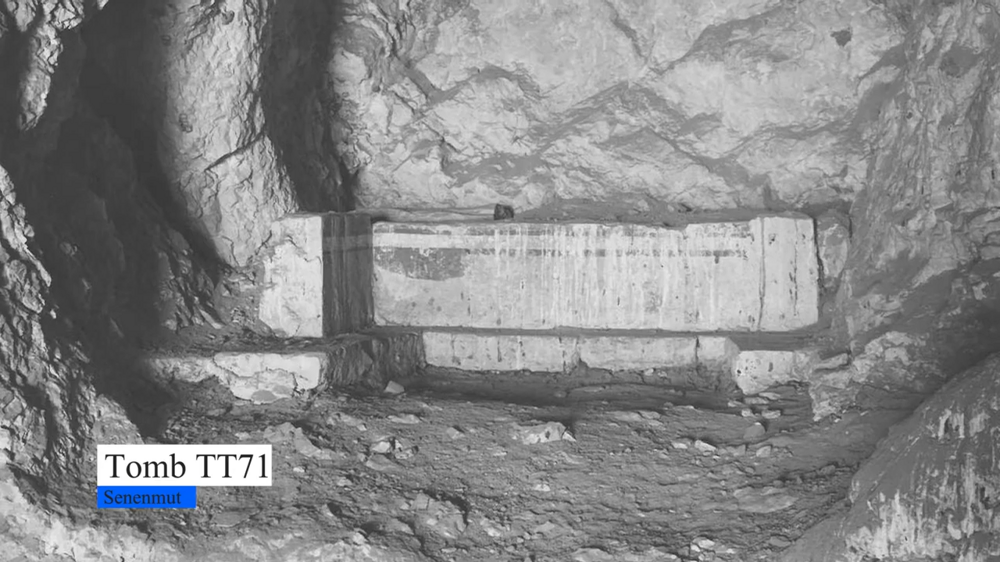
Senenmut (Senmut) was the chief architect and royal advisor to Queen Hatshepsut. In fact, there are even those who say that the two were lovers. Regardless of whether Senenmut and female pharaoh any relationship, Senenmut's tomb was built next to the tomb of Hatshepsut and her husband. At the time it was huge privilege.
The tomb is quite well preserved, and archaeologists quickly found in it a severe curse. There was an inscription that read: "What touches any person who damages my statue, he will not be able to follow the king of his time, he cannot be buried in western cemetery, his life will not exist on earth."
10. Tomb of Khesi-Ra 
Mastaba Khesi-Ra is located in Saqqara, a popularplace burials in ancient Egypt. Body found in this particular tomb a high-ranking official who lived during the Old Kingdom. Like in many other tombs, hieroglyphic inscriptions on the walls of this burial sites begin with stories about the life of Khesi-Ra.
However, things get a little weird from there. After the biographical part of the text, the hieroglyphs turn into a short, but effective curse: “As for whoever enters this tomb after he has eaten abominations or after intercourse with women, I will be judged with him in the council of the Great God.” We will to hope that this curse did not affect anyone for many years.




















